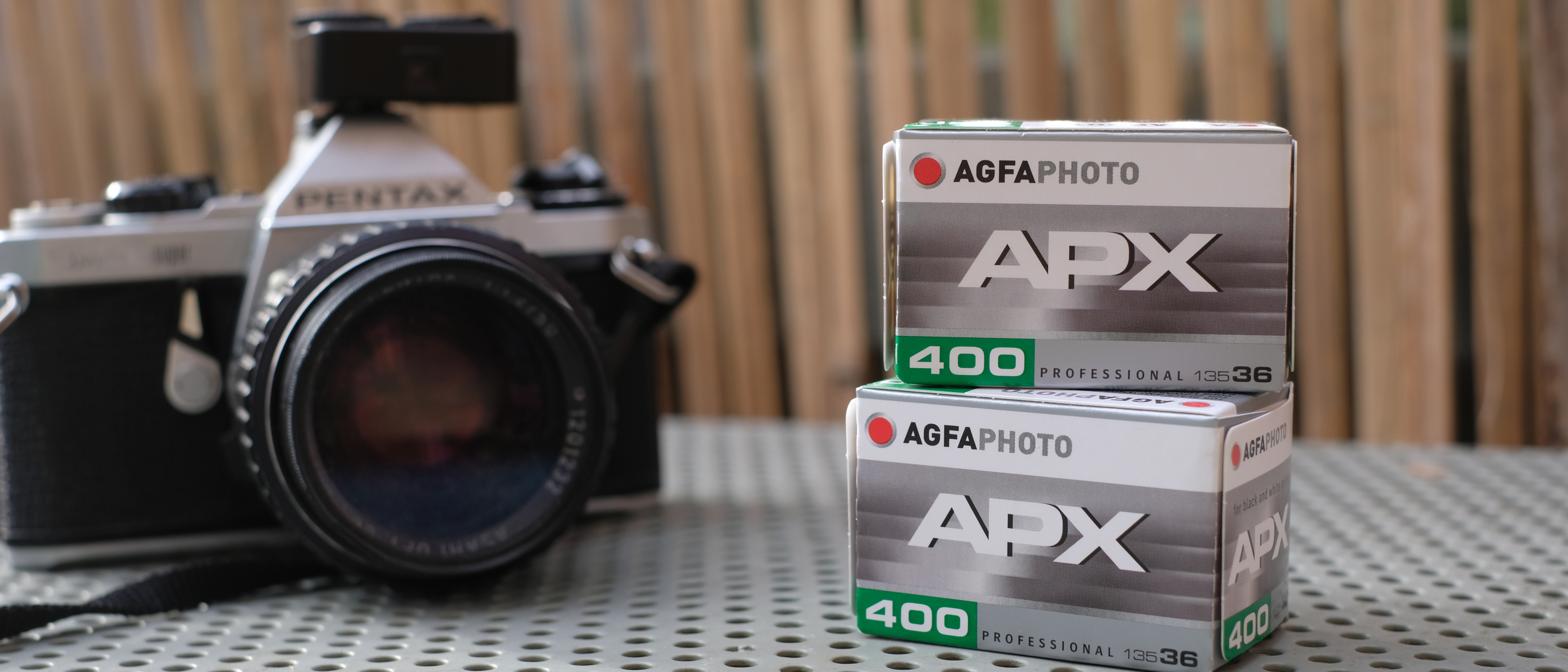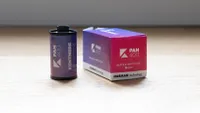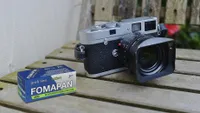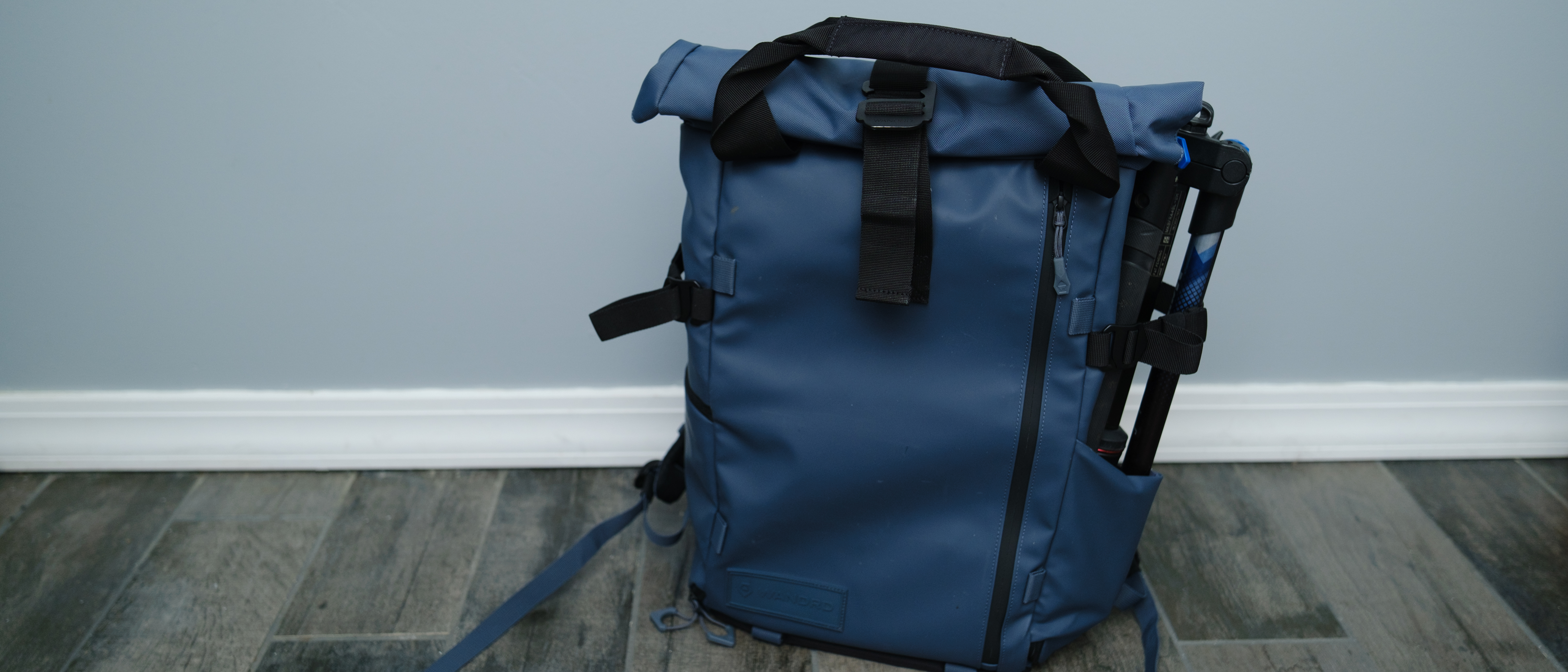Digital Camera World Verdict
The low price and generous exposure latitude of AgfaPhoto APX 400 make it a good choice of starter film. Its soft, muted look is lacking drama, but not every shooting situation calls for huge contrast and chunky grain. If you want a gentle and highly useable monochrome film to experiment with, it’s a great choice – and its soft halation means it’s also quite attractive when used in low light.
Pros
- +
Soft and gentle look
- +
Works well in low light
- +
Three-stop exposure tolerance
Cons
- -
Hard to get in USA
- -
Images can be a bit dull
Why you can trust Digital Camera World
AgfaPhoto APX 400 is one of the many 400-speed monochrome 35mm films jostling on the shelves for your attention and your wallet. From Kodak’s historic Tri-X 400, highly favored by journalists throughout the 20th century, to today’s versatile Ilford HP5 Plus 400, many photographers have discovered the joys of a 400-speed film that balances decent light-sensitivity with just the right amount of grain.
So, how does AgfaPhoto APX 400 differentiate itself? It’s pitched as being affordable and reliable, a film that doesn’t produce images with as much contrast as the likes of Tri-X, and can generally be depended on for a balanced exposure. Agfa promises about three stops of exposure latitude, and a fine grain structure that’s perceptible, but not overbearing.
If you research AgfaPhoto APX 400 online, you’ll see a lot of people, particularly on Reddit, accusing it of being rebranded Kentmere 400. These kinds of theories are quite commonly thrown around in the film community about various films, and there may sometimes be some merit to them, but in this case it’s not true – APX 400 is its own thing. For a closer look, YouTuber The Naked Photographer has done a really good and detailed technical analysis of the tonal range and grain structure of APX 400, in which he specifically notes how it differs from Kentmere.
But, in any case, the only way to suss out if you like any film is to load it up and try it for yourself. So, I picked up a few rolls of APX 400 and did just that.

AgfaPhoto APX 400: Specifications
Brand | AgfaPhoto |
Introduced | 2005 |
Type | Black and white negative film |
Speed | 400 |
Process | B&W |
Formats | 35mm |
Price & availability
In unfortunate news for our American readers, AgfaPhoto APX 400 is currently pretty hard to get in the US, with very little stock available. In the UK, it can generally be picked up for between £7 and £10 per roll, and in the EU, you can get it for around €6 to €9. US photographers may be able to import it, but this can often come with some pretty stiff duties.
Price-wise, this is on the low-to-mid end for a roll of B&W film. It’s not quite as cheap as the perennial budget option, Kentmere 400, but it’s around the same level as Ilford’s popular HP5 400. It’s also considerably cheaper than premium stocks like Ilford Delta or Kodak T-Max. You might be able to save a pound or so per roll by buying it in bulk sets of five rolls or more.
Performance
Upon opening my scans of AgfaPhoto APX 400, the first word that crossed my mind was ‘soft’. This is quite a gentle film, with none of the high drama of other 400-ISO stocks like Fomapan Action 400. It’s low-contrast, it’s muted, it’s a subtle performer. If you want to create retro-style images with a subtle palette and an almost dreamlike charm, it’ll be right up your street.
The best camera deals, reviews, product advice, and unmissable photography news, direct to your inbox!
Its tonal gradations are very smooth, with a lot of greys to choose from. I did find that scenes without much tonal variety came out a little dull, almost a soup of grey tones that it was hard to get excited about. If you’re out on a day with uninspiring light, APX 400 isn’t going to turn things around the way Tri-X 400 can.
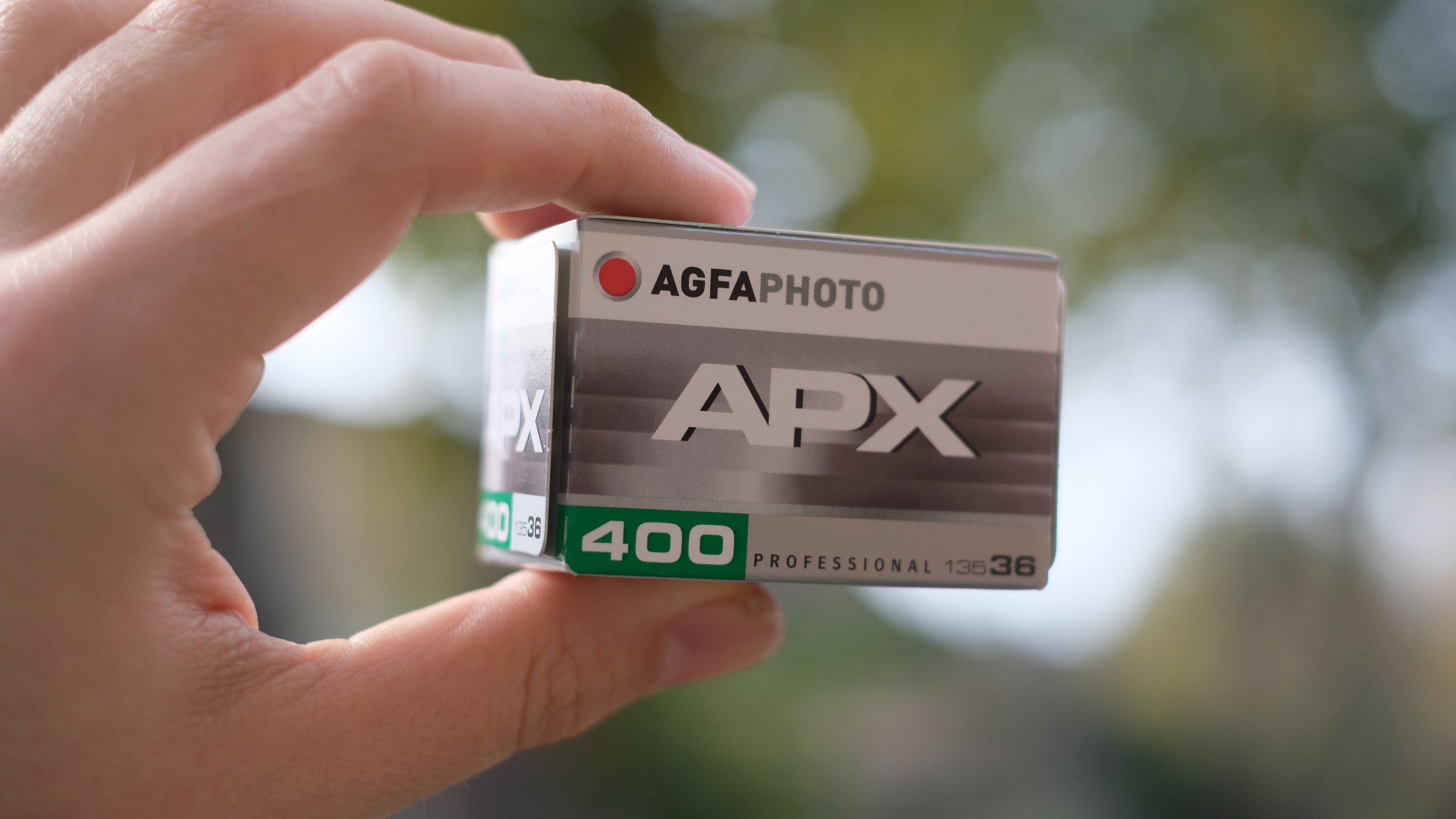
Since it’s an ISO 400 film, I took it out to chase the lights in London’s Soho at night, and ended up rather liking the results. AgfaPhoto APX 400 produces a soft glow around strong light sources that’s very attractive in this context, and as long as you’ve got a lens that can cope with the limited illumination, you can come away with some charming and memorable images. At times when I had no choice but to underexpose, the film proved reasonably tolerant to it – like HP5 Plus 400, this is a solid beginner film, and the latitude means you’ll likely come away from a shoot with a high proportion of keepers.
In terms of grain, it’s certainly present, but by no means overbearing – I was actually quite impressed with how fine the grain was in my scans, considering the relatively high sensitivity of the film.

Sample images
The following images were shot on AgfaPhoto APX 400 across a couple of consecutive days, using two different camera and lens combinations. Some were shot in the daytime on a fairly overcast day, and some were shot at night. All were shot and developed at box speed, and are unedited aside from a little cropping and straightening.







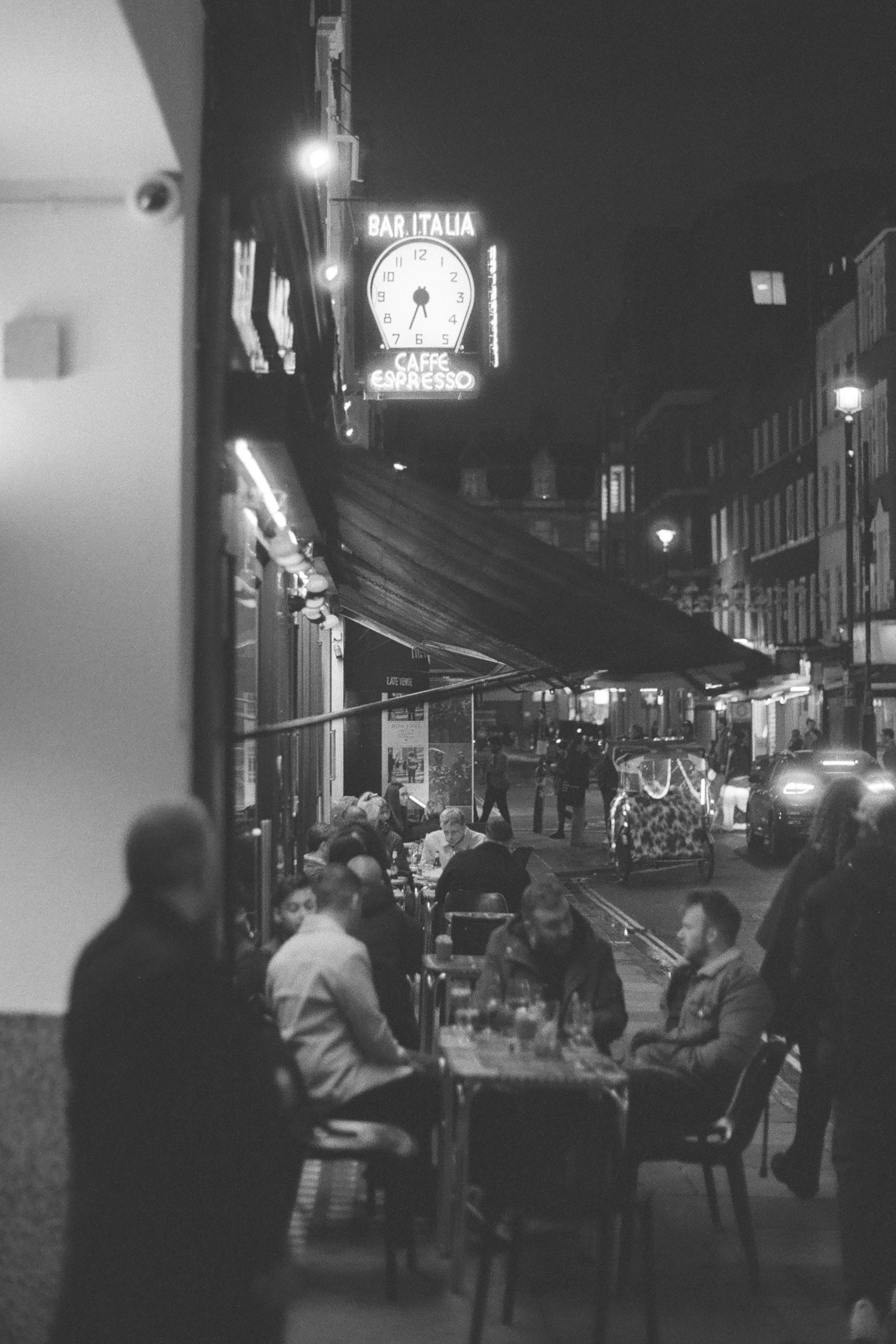
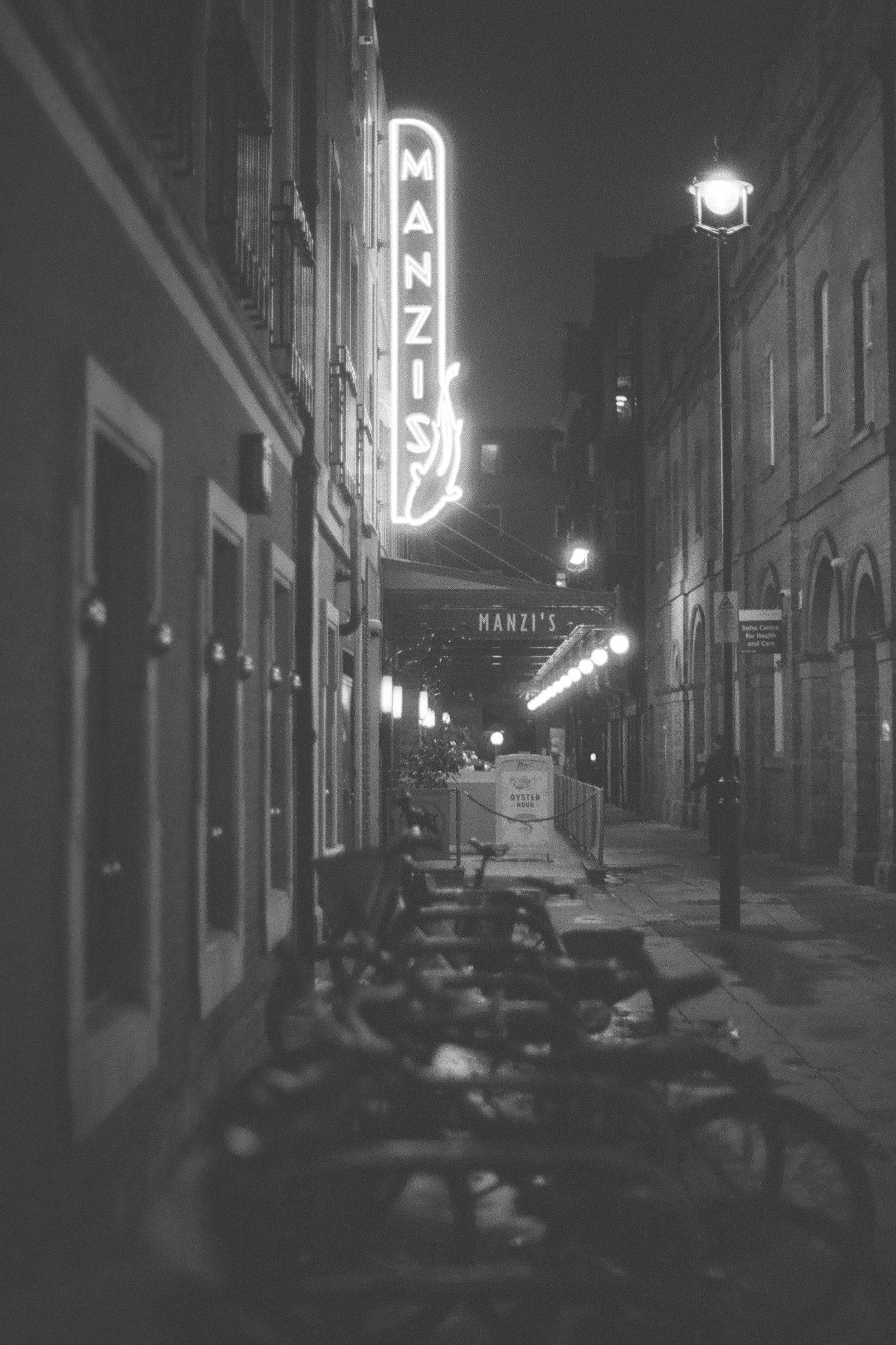

Verdict
AgfaPhoto APX 400 is not what you’d call a thrill ride. But it’s a rather lovely starter film, producing soft and gentle images that have a lo-fi charm to them. Its high ISO and slight tendency towards halation mean it does well in low light if you have the camera/lens setup to support it, and the generous exposure latitude ensures you’ll likely get your roll back with a high percentage of keepers.
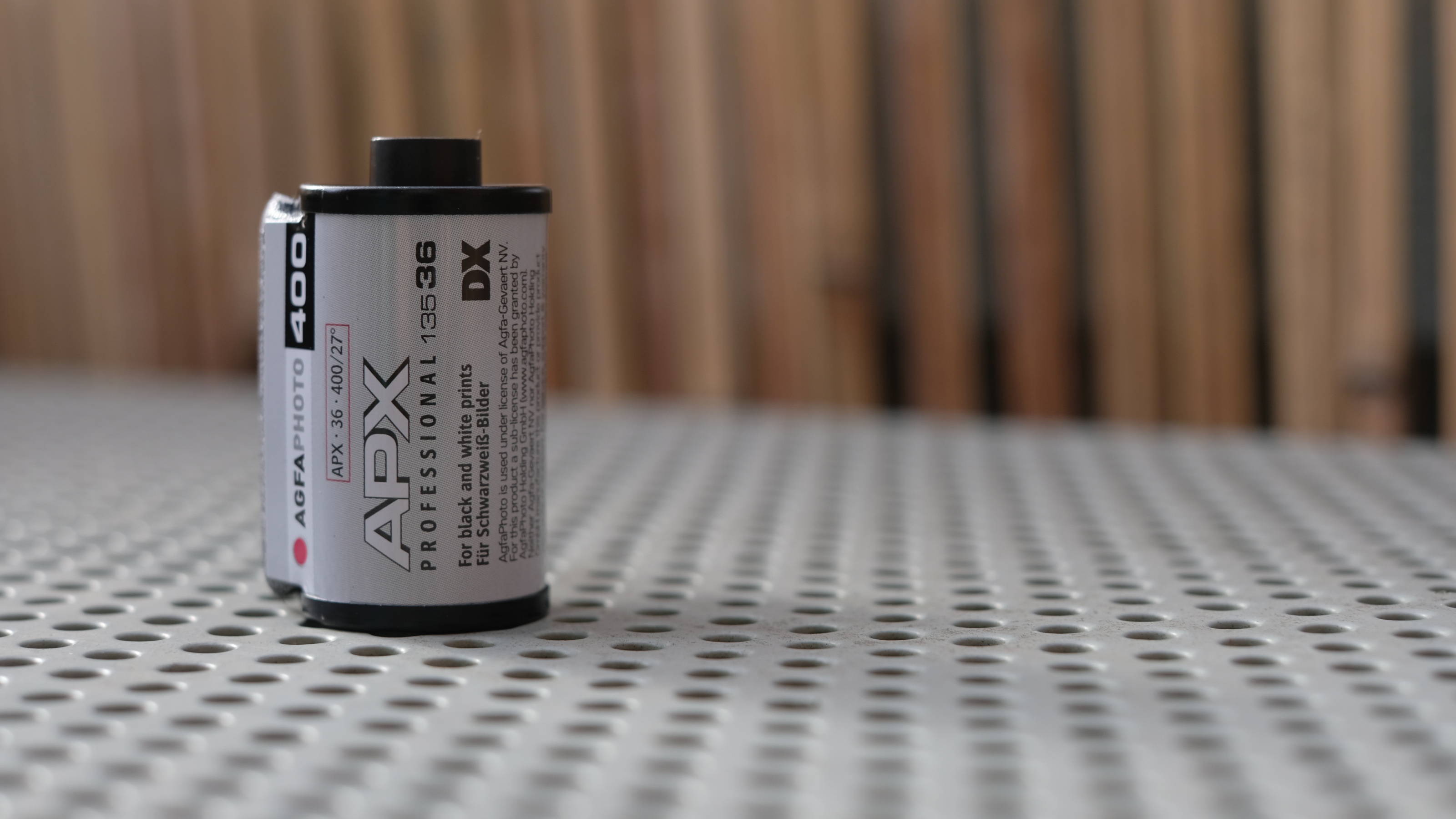
Should you buy AgfaPhoto APX 400?
✅ Buy it if…
- You want a film that’s tolerant to errors
- You like a muted, low-contrast look
- You want to shoot in low light
⛔️ Don't buy it if...
- You want high drama and contrast
- You’re in the US
Alternatives
Kentmere Pan 400 is even cheaper than AgfaPhoto APX 400, and more readily available in the US. It’s very similar (though not quite identical), so which of the two you prefer is likely a matter of personal preference. Try them both!
Fomapan Action 400 is a good choice if the AgfaPhoto APX 400 sample images have you hankering for a bit more drama. Gritty and high-contrast, with more pronounced halation, it’s less forgiving than APX, but a bit more exciting.
Jon spent years at IPC Media writing features, news, reviews and other photography content for publications such as Amateur Photographer and What Digital Camera in both print and digital form. With his additional experience for outlets like Photomonitor, this makes Jon one of our go-to specialists when it comes to all aspects of photography, from cameras and action cameras to lenses and memory cards, flash diffusers and triggers, batteries and memory cards, selfie sticks and gimbals, and much more besides.
An NCTJ-qualified journalist, he has also contributed to Shortlist, The Skinny, ThreeWeeks Edinburgh, The Guardian, Trusted Reviews, CreativeBLOQ, and probably quite a few others I’ve forgotten.
You must confirm your public display name before commenting
Please logout and then login again, you will then be prompted to enter your display name.
